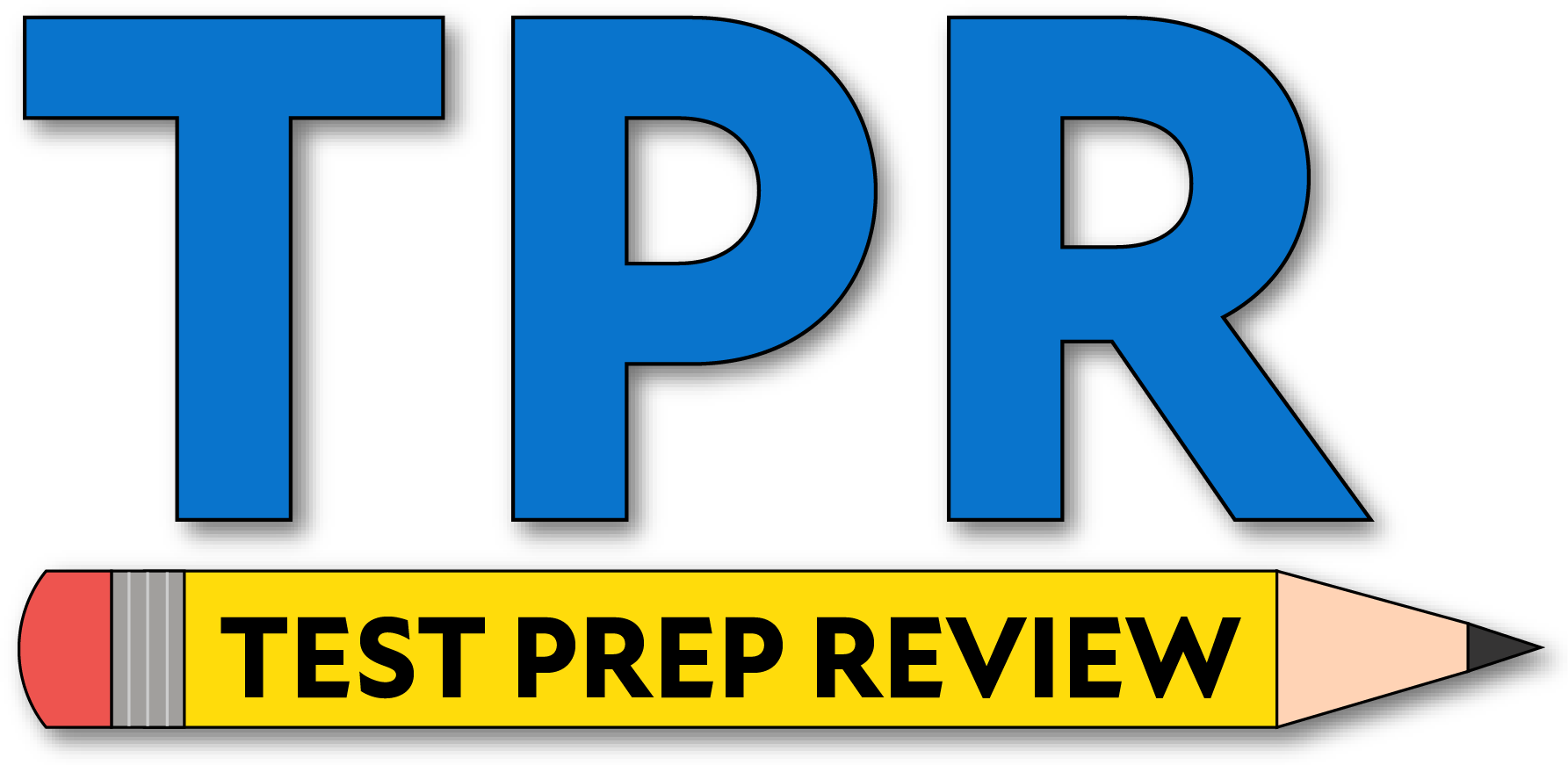- Which of the following is not one of the key steps in the grief process?
- Denial
- Anger
- Bargaining
- Rejection
The Kübler-Ross stages are commonly listed as denial, anger, bargaining, depression, and acceptance. Rejection is not one of the key stages.
- Which of the following matches the definition below?
- Compensation
- Projection
- Rationalization
- Dysphoria
Compensation involves emphasizing strengths to offset perceived weaknesses.
- Which of the following waveforms is most commonly found with light sleepers?
- \(\theta\)
- \(\alpha\)
- \(\beta\)
- \(\zeta\)
Light sleep (N1) is associated with theta activity. Alpha is relaxed wakefulness (eyes closed), beta is alert wakefulness, and zeta is not a standard EEG band.
- Which of the following months matches with an infant first having the ability to sit up independently?
- 4 months
- 6 months
- 8 months
- 10 months
Many infants begin to sit briefly without support around 6 months, with steadier sitting by ~7–8 months.
- Stranger anxiety typically begins at what age?
- 2–3 months
- 6–9 months
- 18–24 months
- 3–4 years
Stranger anxiety commonly emerges around 6–9 months as infants develop stronger attachment and differentiate familiar from unfamiliar faces.
- Which of the following matches the definition below?
- Compensation
- Projection
- Rationalization
- Dysphoria
Projection is assigning one’s own unacceptable feelings or traits to someone else.
- Which of the following matches the definition below?
- Compensation
- Projection
- Rationalization
- Dysphoria
Rationalization provides plausible but inaccurate explanations to justify behaviors or feelings.
- Which of the following matches the definition below?
- Conversion disorder
- Depressive reaction
- Bipolar disorder
- Alzheimer’s disease
Conversion disorder presents with neurologic symptoms incompatible with recognized conditions, often linked to psychological stress.
- Which of the following waveforms is most commonly found when you are awake?
- \(\theta\)
- \(\alpha\)
- \(\beta\)
- \(\zeta\)
Alert, eyes-open wakefulness is characterized by beta activity. Alpha appears during relaxed wakefulness with eyes closed.
- Approximately how often does the REM sleep cycle occur in adults?
- Every 45 minutes
- Every 60 minutes
- Every 75 minutes
- Every 90 minutes
In adults, REM periods typically recur about every 90 minutes, lengthening across the night.
- Which of the following reflexes is not found at birth?
- Babinski
- Palmar
- Moro
- Parachute
Babinski, palmar grasp, and Moro reflexes are present at birth. The parachute reflex appears later (around 8–9 months).
- Parallel play for toddlers develops in which age range?
- 5–10 months
- 10–14 months
- 12–24 months
- 24–48 months
Parallel play is typical of ages ~2–3 years.
- Which of the following is not a sign of anxiety?
- Dyspnea
- Hyperventilation
- Moist mouth
- GI symptoms
Anxiety often causes dry mouth, not a moist mouth. Dyspnea, hyperventilation, and gastrointestinal symptoms are common.
- A person who is almost always tired and regularly experiences suddenly falling asleep during the day is suffering from which of the following?
- Cataplexy
- Narcolepsy
- Transitional sleep
- REM absence
Narcolepsy involves irresistible sleep attacks and excessive daytime sleepiness. Cataplexy is a related sudden loss of muscle tone triggered by emotion.
- Which of the following best describes a person that is unable to tell you where their hand or foot is?
- Autotopagnosia
- Cataplexy
- Ergophobia
- Anosognosia
Autotopagnosia is difficulty localizing parts of one’s own body. Anosognosia is lack of awareness of a deficit, ergophobia is fear of work, and cataplexy is not sensory.
- Which of the following is not a characteristic of a panic disorder?
- Nausea
- Excessive perspiration
- Urination
- Chest pain
Panic attacks commonly cause chest pain, sweating, palpitations, dyspnea, tremor, dizziness, and nausea. Urinary symptoms are not typical.
- Which of the following categories would a 70-year-old adult be placed in?
- Intimacy vs. isolation
- Generativity vs. stagnation
- Integrity vs. despair
- Longevity vs. guilt
Erikson’s stage for late adulthood is integrity vs. despair.
- Which of the following categories would a 60-year-old adult be placed in?
- Intimacy vs. isolation
- Generativity vs. stagnation
- Integrity vs. despair
- Longevity vs. guilt
Middle adulthood (roughly 40–65 years) corresponds to generativity vs. stagnation.
- Which of the following categories would a 20-year-old adult be placed in?
- Intimacy vs. isolation
- Generativity vs. stagnation
- Integrity vs. despair
- Longevity vs. guilt
Early adulthood corresponds to intimacy vs. isolation.
- Which of the following describes a person using words that have no known meaning?
- Neologisms
- Neolithic
- Verbalism
- Delusional blocking
Neologisms are newly coined, idiosyncratic words or expressions with no standard meaning, often seen in thought disorders.
